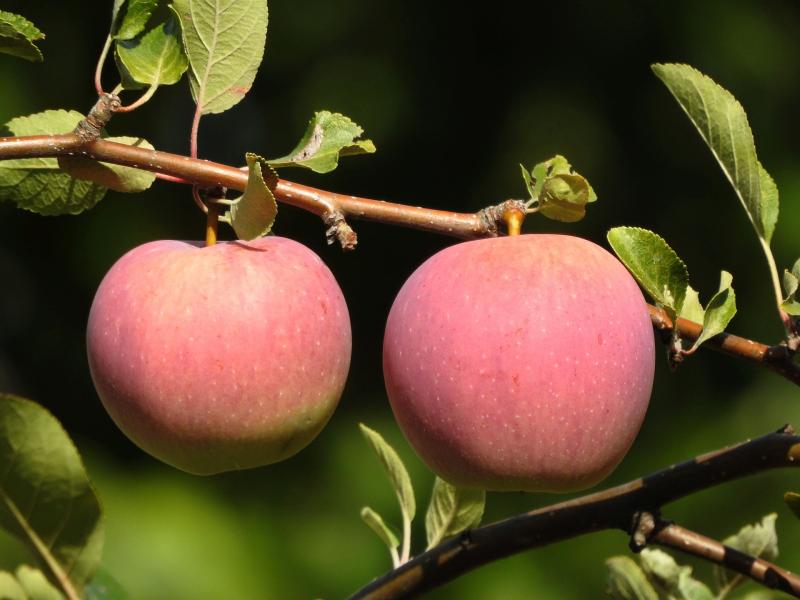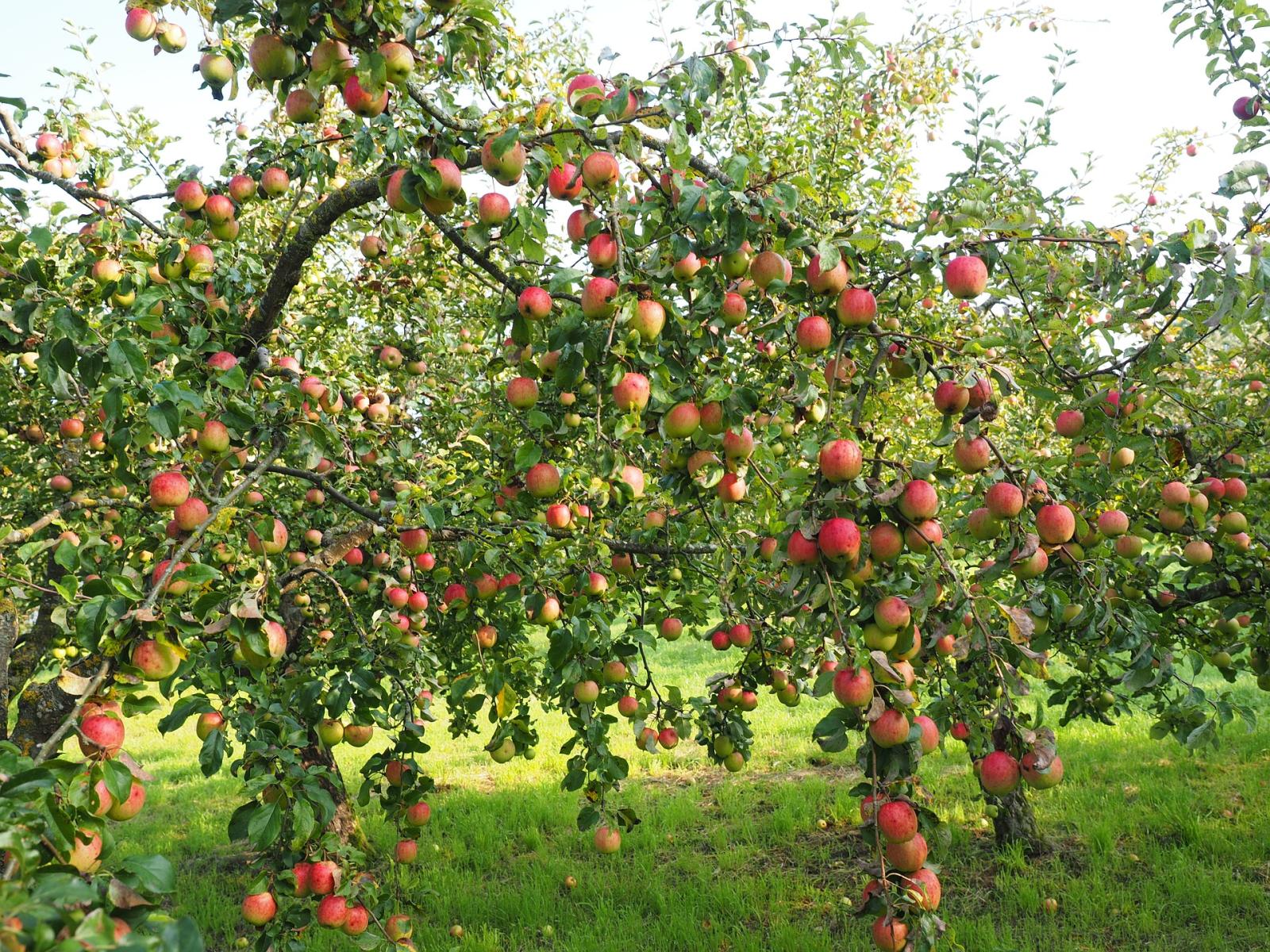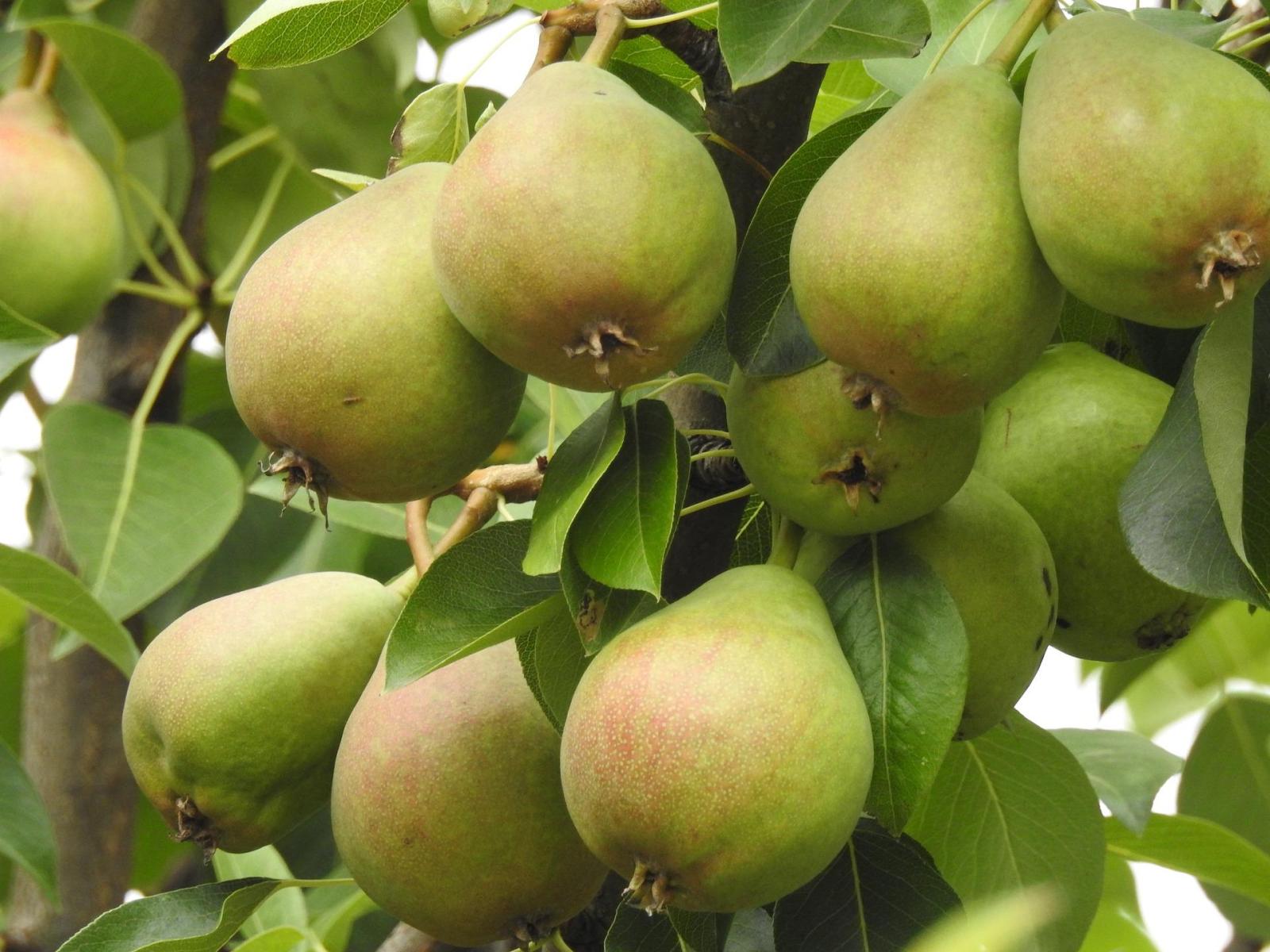
Fruit trees in the home orchard often set abundant crops if spring pollination conditions are good and most home gardeners do not thin fruit trees enough or at all. Only 10% of peach flowers are needed for full crop set and peaches are particularly prone to branch breakage under heavy crop load.
Very heavy fruit loads aren't ideal for several reasons. First, fruit size is smaller when very large crops develop on a tree. Also, when trees experience very heavy fruit production one year, they often have light production the following year. This condition is called biennial or alternate bearing. The large amount of nutrients needed to develop a large fruit crop limits the resources available for next year's flower bud development. Reducing fruit during the heavy production years helps avoid the development of alternate bearing cycles. Finally, as heavy fruit loads near maturity the weight can cause branch breakage.
Although it can be hard for home gardeners to remove precious fruits from their trees, thinning will result in larger, higher quality fruits at harvest with no branch breakage. Apples, pears, Asian pears, plums, nectarines and peaches all benefit from fruit thinning. Tart cherries don't require thinning.
 When to ThinFruit trees, to some extent, self-regulate the amount of fruits they produce in a year, so will shed some fruits in mid-June on their own. But additional thinning is usually needed.
When to ThinFruit trees, to some extent, self-regulate the amount of fruits they produce in a year, so will shed some fruits in mid-June on their own. But additional thinning is usually needed.
The earlier fruits are thinned the better. Ideally fruits should be thinned during the first month after bloom, when the fruits are dime- to marble-sized or smaller. Thinning later, after about June 20th, will increase the current year's fruit size, but won't increase flower set for the following year.
How to Thin
For home gardeners, the best approach is to thin by hand, or by using scissors or a pruner. Each young fruit to be removed can simply be clipped from its stem. To thin by hand, grasp the fruit stem between your thumb and forefinger, and simply push the young fruit off its stem. This method will remove the fruit, but leave its stem attached to the branch or spur.
As the trees become larger, use flexible wooden rods, about 1/2 inch in diameter and 5 to 6 feet long with the top 18 inches covered with a rubber hose, to hit branches gently but firmly to knock off excess fruit.
Choose the largest fruit in a cluster to leave on the tree. Remove all damage, deformed or diseased fruits.
 On spur-type fruit trees, leave one fruit per spur. On non-spur type trees - apple, pear and peach - space fruits 6-8 inches apart along the length of each branch. Plums should be spaced 4 inches apart along the length of each branch. More fruits can be allowed to develop on the outside of the tree's canopy and less in the shaded interior of the tree.
On spur-type fruit trees, leave one fruit per spur. On non-spur type trees - apple, pear and peach - space fruits 6-8 inches apart along the length of each branch. Plums should be spaced 4 inches apart along the length of each branch. More fruits can be allowed to develop on the outside of the tree's canopy and less in the shaded interior of the tree.
Even out fruit spacing along a branch as much as possible. Some varieties, called tip-bearing, often have fruit clustered at the ends of long shoots. In this case it may be necessary to keep two fruits together in the end cluster if the rest of the branch is bare.
After Care
Summer has certainly turned hot already, but we still have good soil moisture in the eastern half of Nebraska. If (or really when) conditions turn dry, be sure to provide your fruit trees with plenty of water. Good watering techniques also help increase fruit size and maintain tree vigor.And don't forget the mulch!
Images from Pixabay.com.
- Image above left - Over production in fruit trees often results in tree damage, such branches breaking under the heavy fruit load.
- Image above right - Pears need thinning, too, leaving only 1 fruit per 6" of branch.